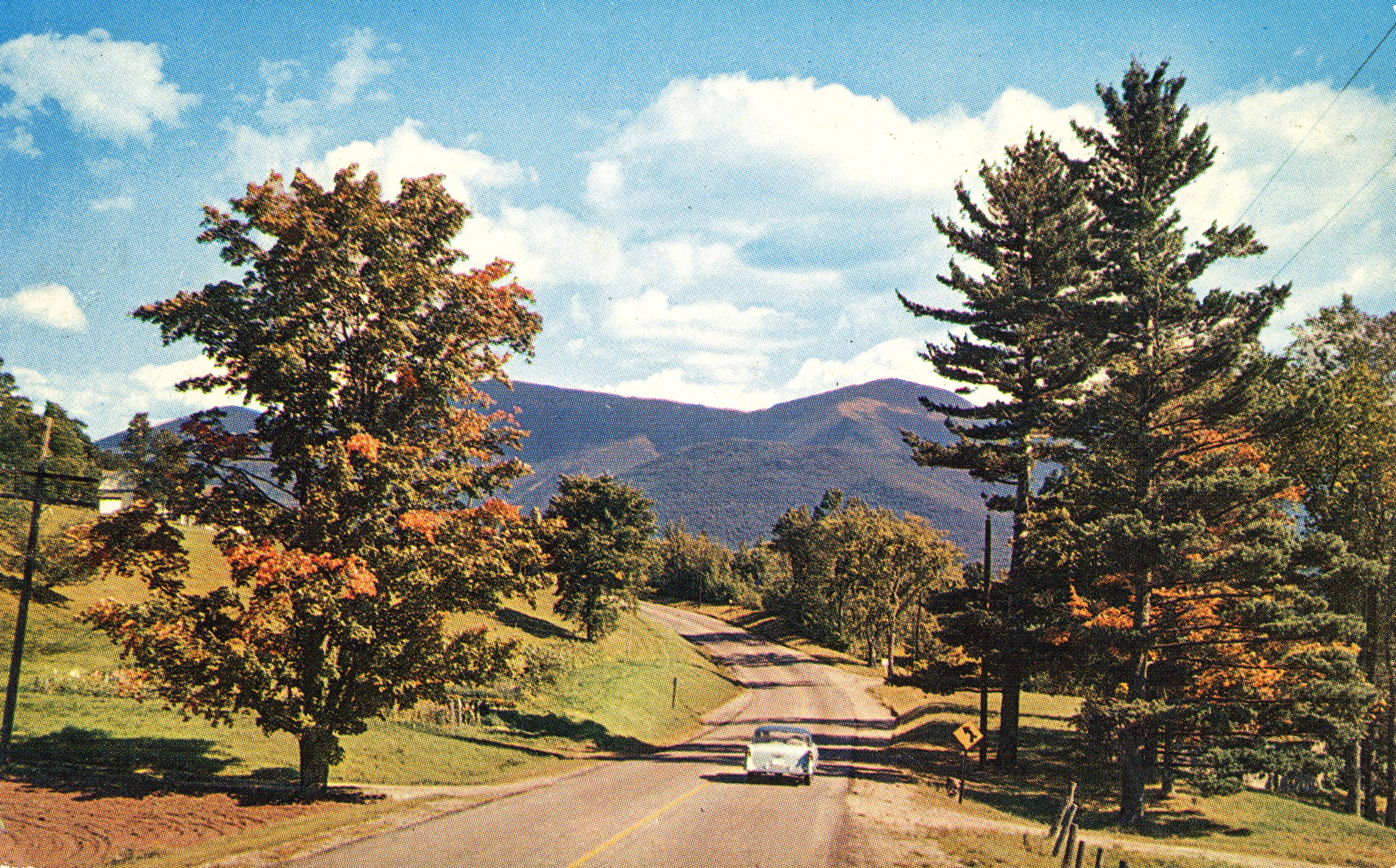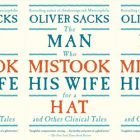Reading Two Groff Companion Pieces

Two of Lauren Groff’s recent stories—“The Wind” and “What’s the Time, Mr. Wolf?”, both published in The New Yorker—share an interest in exploring the relationship between domestic violence and masculinity. In an interview, also in The New Yorker, Groff (a former Ploughshares contributor and guest editor) said that she saw these stories as companion pieces. Interestingly, the two stories differ from each other in many ways. “The Wind” is a very short piece, under 4,000 words, and focuses on a farming family in upstate New York, set in the mid-twentieth century. “What’s the Time, Mr. Wolf?” is a novella clocking in at 20,000 words, and its main characters are New England elites, living in the present moment, with an estate in the New Hampshire countryside. Each story acts as a mirror for the other, the differences often pointing up the similarities and allowing the two pieces to connect in subtle and nuanced ways.
“The Wind,” for example, opens as follows:
Pretend, the mother had said when she crept to her daughter’s room in the night, that tomorrow is just an ordinary day.
So the daughter had risen as usual and washed and made toast and warm milk for her brothers, and while they were eating she emptied their schoolbags into the toy chest and filled them with clothes, a toothbrush, one book for comfort. The children moved silently through the black morning, put on their shoes outside on the porch. The dog thumped his tail against the doghouse in the cold yard but was old and did not get up. The children’s breath hovered low and white as they walked down to the bus stop, a strange presence trailing them in the road.
“What’s the Time, Mr. Wolf?” also starts with the members of a family:
The boy floated with the newts in the dark water of the pond. The points of the pines scorched the sky and a hawk slowly circled the sun. In the shallows, the two dogs were islands of red-gold snout, spine, tail; up in the great house, the women were drinking cold gin from teacups, the men resting naked in shuttered bedrooms under the wind that roared from box fans.
There is a fairy tale quality to stories with characters who are unnamed, which here is enhanced by the edict to “pretend,” and by the boy floating in the pond. Groff does eventually name the characters in both of these stories, but these openings allow the reader a space to slip into the narrative, as it moves from general to more specific. Both pieces begin in a space just slightly not of this world and then slowly slip into focus. These are not just stories about these characters, then; these are universal stories that occur throughout time and place. (It is also worth noting that the wind, which is not present at the start of “The Wind,” does appear in the beginning of “What’s the Time, Mr. Wolf?”, although it’s an unnatural wind, the wind forced out of fans on a hot summer afternoon.)
Right from the start, Groff establishes the lineage and the legacy that will be so important to both stories: the mother and her children, the daughter caring for her brothers; the boy and his family, physically separate from each other yet connected by blood. In “The Wind,” this is underscored by having the story narrated by the daughter of the daughter in the story. She was not present for the events of the story, but she heard the story of this day—the day when her mother, her grandmother, and her uncles left her abusive grandfather—from her mother, again and again. Because the narrator is a generation removed, she has the ability to move through time, narrating the day of the escape, but also allowing the reader insight into what happens to the characters later in life. This flexibility of time causes a sense of disorientation, highlighting, perhaps, a bit of what it felt like to be there on that day. It also means that the ending is never quite in sight; as readers, we are never sure where we are heading, although we are rooting for this mother and her children from the opening words of the story.
In “What’s the Time, Mr. Wolf?”, the story is primarily told from the point of view of the boy, Chip, who ages from a child to a man over the course of the story. Here, too, there are three generations of family: his wealthy and powerful grandparents, the wonderfully named Slim and Bear; his mother and uncles; and Chip and his sister Elizabeth. Groff manipulates time here, as well, although in a very different fashion. The story begins with an extended scene on the Fourth of July at the family estate when Chip is ten, the whole family in attendance. Then it races through the next 15 years of his life—boarding school, college, summers on the Vineyard, first job—as a montage of a privileged existence. The story then slows down, as Chip returns, alone, to the family estate to dry out. This part accounts for over half of the piece, and yet the beginning of the story sets the stage for everything that is to come.
It is difficult, as readers, to know where to place our sympathies. We are somewhat lulled into liking Chip as a ten-year-old boy, a part of and yet a bit lost in this elite family. In the middle section, however, as his life races past us, we catch glimpses of behavior that make us uneasy: “One morning, a blurry memory of girl legs, a bared breast, a smeared mouth, weeping, just some townie whose face he couldn’t remember, and his friends a little awkward when Chip came into the room but soon class solidarity flowed around him again like water.” But as he settles in at the estate, drying out and working on projects, we want to support him. There is an unease built in here that Groff establishes by the way she moves through time at different speeds. As in “The Wind,” we never quite know where the story will end up.
While the stories are very different, there are several images and scenes that are duplicated and refracted. One scene, in particular, appears in both stories, and it seems clear that the two iterations are connected. In “The Wind,” after the family has driven out of town, the mother loses courage and begins to cry:
And then she started breathing crazily, and leaned forward until her forehead rested on the wheel, and the car stopped suddenly in the middle of the road. The wind howled around it.
Mama, we need to drive, my mother said. We need to drive now. We need to go.
The daughter, as we have seen since the start, is the caretaker, the one who got her brothers ready and set the escape in motion. Now, at this point in the story, she is the one who is trying to get her mother to push through her pain. The daughter is the clear-sighted one, the one who understands the immediacy of the moment and the direction that needs to be taken.
In “What’s the Time, Mr. Wolf?”, the Fourth of July celebration at the grandparents’ home is ruptured by the announcement that one of the brothers will be taking over the family bank—not the gay son, and not the daughter, even though each is far more qualified for the position than the selected heir. Elizabeth, the daughter of the daughter (as the narrator is in “The Wind”), takes control of the situation after it has spiraled out of control:
Then, into the shocked silence, Elizabeth said, We’re going, Mama, and pulled their mother up out of her chair, then out the door into the hall, and Chip ran after, grabbing their mother’s pocketbook from the closet, and then they, too, had passed through the vast doors into the breathing heat of evening, the navy sky with the hanging moon, the frog song rising from the pond, the distant crackle of fireworks down the mountain. Elizabeth put their mother into the passenger seat, and, though she was only fifteen, and rather drunk, she started the car and drove it, bucking and squealing, down the gravel circle, down the drive, and out onto the dirt road where the eyes of night creatures peered greenly out of the thickening dark.
Elizabeth stopped the car in the pull-off before the road that ran down the mountain into the village, leaned her head against the steering wheel, and sobbed dryly.
In both stories, then, it is the daughter who rescues the mother, who holds the family together. These two girls, both of whom call their mother Mama, couldn’t be more different. And yet they both represent strong women of the next generation, the women who will persevere, the women who will be the caretakers, of lives and of stories.
As always, Groff’s language is both painterly and precise. Given the condensed nature of “The Wind,” as well as the immediacy of its action, her prose is more restrained within, which adds to the starkness of the story. There is also quite a bit of dialogue in the piece, and little description. In both stories, dialogue is presented without quotation marks, blurring the line between what’s said and what’s described. In “What’s the Time, Mr. Wolf?”, Groff uses her prose effectively as she moves quickly through time: “Time sped up, blurred. Bluestone chapel in the mornings, blue blazer, blue ink in the exam books, lonely blue mornings full of fog.” In the second half of the story, there are beautiful descriptions of the landscape, both exterior and interior. There is far less dialogue at this point, in large part because Chip is alone at the estate, his thoughts and the place surrounding him. In both stories, however, the beauty of Groff’s prose runs right up against the horror of violence.
The endings of both pieces are shocking, in part because Groff has destabilized the reader, through her use of time and the lushness of her prose. And in both stories, there are multiple endings, causing the reader to reach out for the happy one, only to learn that it cannot exist. In “The Wind,” there is the story of the final escape that is told from the mother to the daughter, and then there is the other story that lies beneath: “The bus roaring to life, wreathed in smoke, carrying them away. She told it almost as though she believed this happier version, but behind her words I see the true story, the sudden wail and my grandmother’s blanched cheeks shining in red and blue and the acrid smell of piss.” In “What’s the Time, Mr. Wolf?”, the perspective switches from Chip to Pearl, the woman he has been seeing. Pearl returns home during a blizzard and settles into her warm and lamplit space. The reader is lulled into a kind of calm here, sitting with Pearl in her solitude. But, as in “The Wind,” there is another narrative running beneath what we see, and it lies in what Pearl also does not see: “And of course at this moment Pearl did not think of Chip; she did not wonder about wherever he was just then, whether he was warming up in the shower back in his cottage, or perched slowly freezing upon a log as the snow whispered all around him and he fell into his longest sleep yet; or whether he was on the log in the night in the snow . . .” The use of “whether” and “or” allows Groff to present multiple scenarios, slowly pulling the reader out of the warm house and into the darkest of nights.
By writing such different stories that address the same theme, Groff expands our understanding of violence against women. It exists across class and time and place; it runs through generations; its aftereffects ripple through families. The hope that exists lies in the younger, stronger generation of women. As the narrator says in “The Wind”: “I look around and can see it in so many other women, passed down from a time beyond history, this wind that is dark and ceaseless and raging within.” They are the ones who carry the weight, and they are the ones who understand the necessity of telling the stories and of continuing to fight back.



